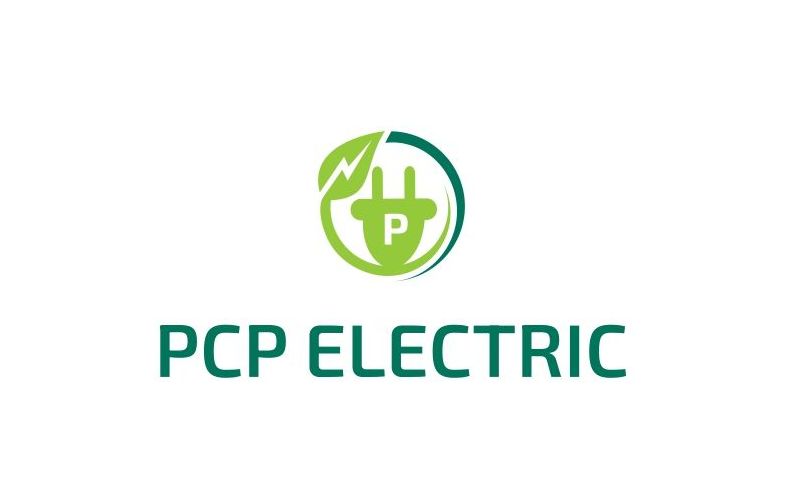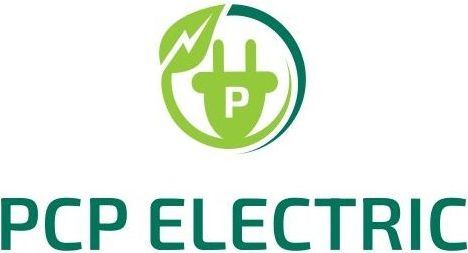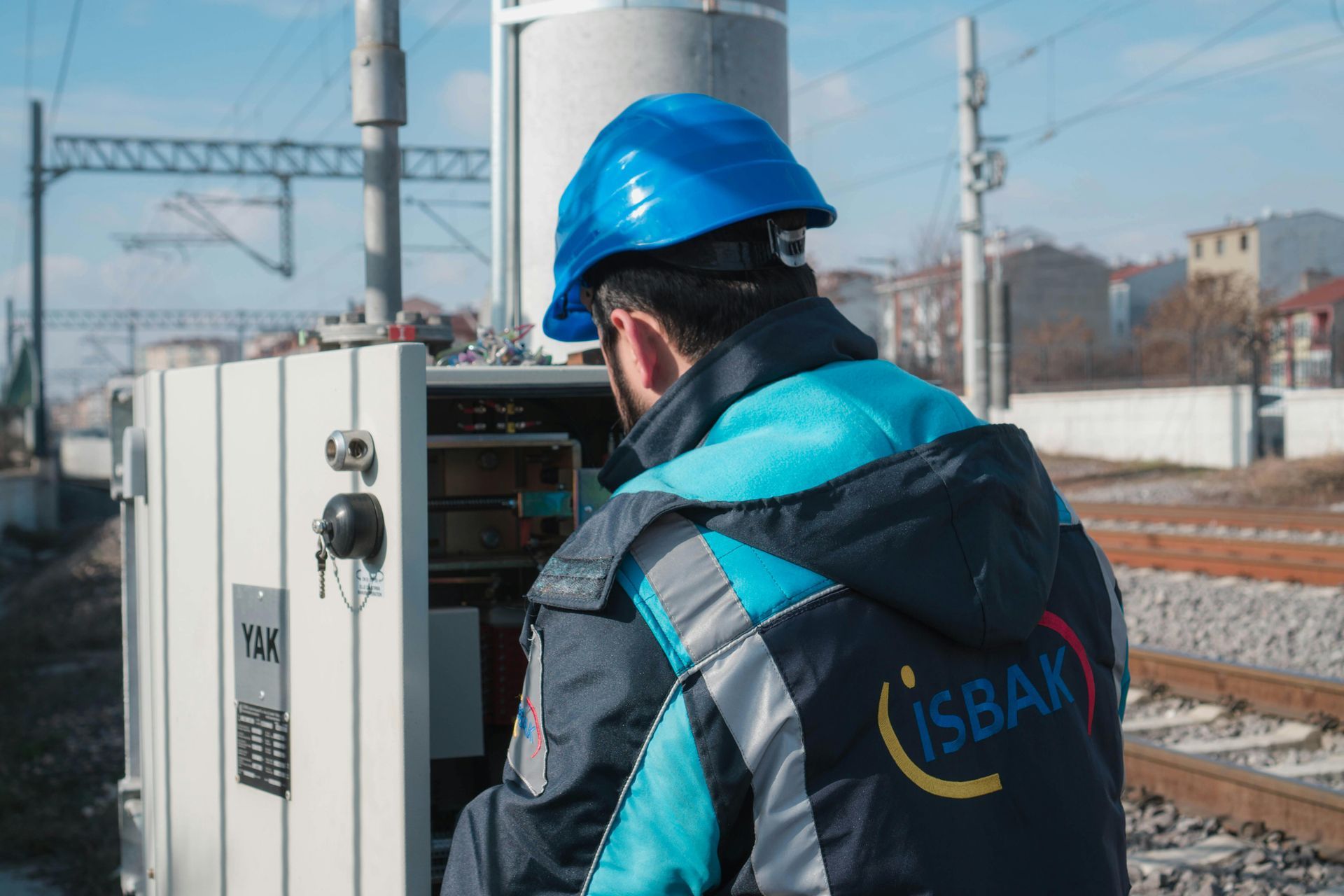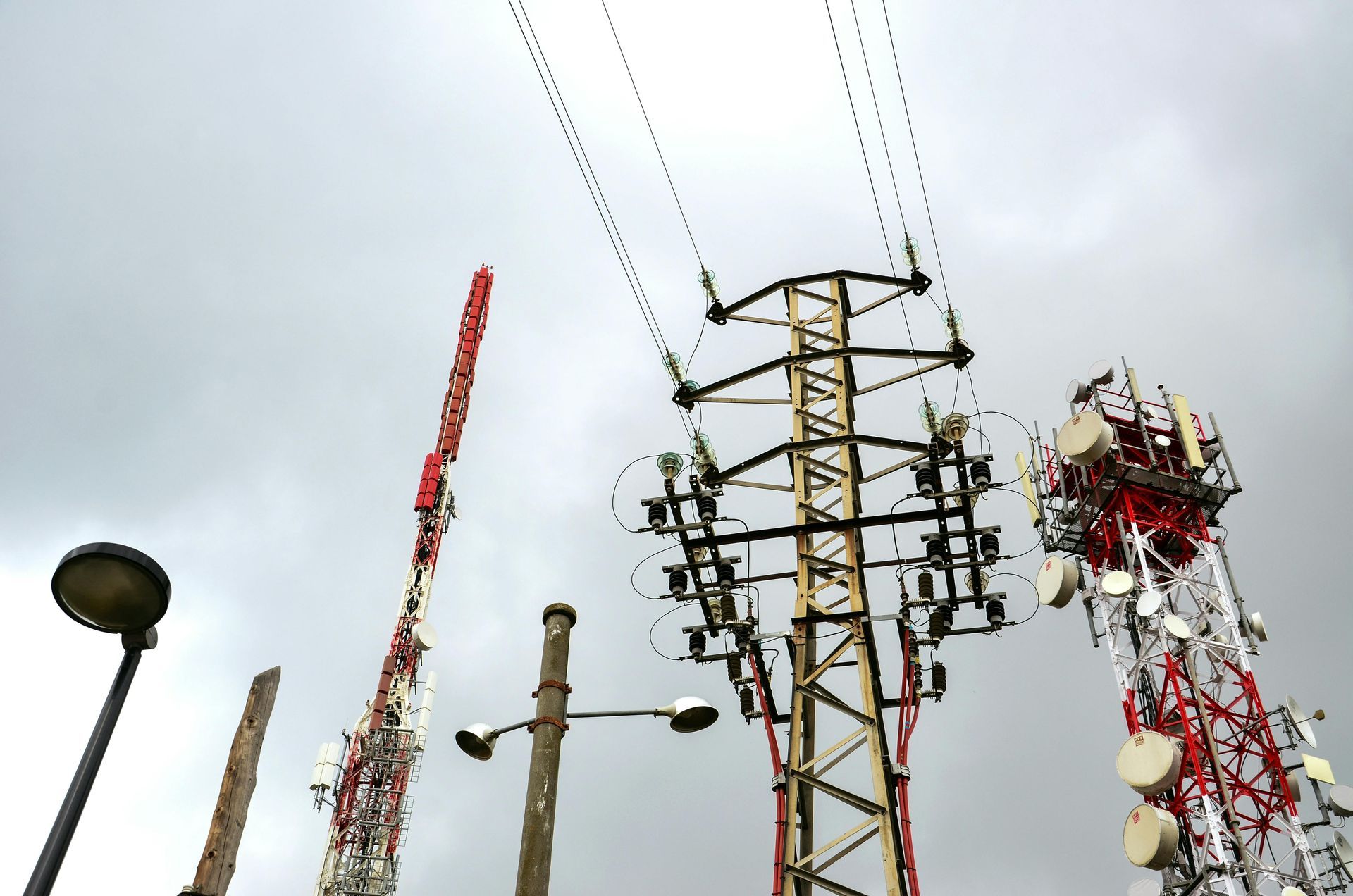Clean Energy Revolution: The Future is Renewable
The Future of Renewable Energy: A Sustainable Path Forward

Renewable energy has become a critical component of the global strategy to combat climate change, reduce dependency on fossil fuels, and create a sustainable future. As the world grapples with environmental challenges and seeks to meet the increasing energy demands of a growing population, the transition to renewable sources such as solar, wind, hydro, and geothermal energy has gained significant momentum. This article explores the importance, benefits, challenges, and future prospects of renewable energy.
The Importance of Renewable Energy
The primary reason for the shift towards renewable energy is the urgent need to reduce greenhouse gas emissions that contribute to global warming. Fossil fuels such as coal, oil, and natural gas have powered economies for centuries, but their negative environmental impacts are becoming increasingly evident. The combustion of these fuels releases carbon dioxide and other pollutants that contribute to air pollution, climate change, and health issues.
Renewable energy sources, on the other hand, offer a clean and sustainable alternative. They are derived from natural processes that are continually replenished, such as sunlight, wind, and water flow. Unlike fossil fuels, they do not deplete over time, making them an attractive long-term energy solution.
Types of Renewable Energy Sources
- Solar Energy
Solar power harnesses energy from the sun using photovoltaic (PV) cells or solar thermal systems. Advances in solar technology have led to increased efficiency and affordability, making solar energy one of the fastest-growing renewable sources worldwide. Solar panels can be installed on rooftops, in solar farms, and even integrated into building materials. - Wind Energy
Wind turbines convert the kinetic energy of wind into electricity. Wind energy is abundant, especially in coastal and open plain regions, and has the potential to supply large amounts of electricity with minimal environmental impact. Modern wind farms are increasingly being deployed both onshore and offshore to maximize efficiency. - Hydropower
Hydropower is one of the oldest and most widely used renewable energy sources. It generates electricity by using the energy of flowing water, typically from rivers or dams. Hydropower plants provide consistent and reliable power but may impact aquatic ecosystems and local communities if not managed properly. - Geothermal Energy
Geothermal energy utilizes heat from beneath the Earth's surface to generate electricity or provide direct heating. This renewable source is highly efficient and can provide a constant energy supply, but its availability is limited to regions with significant geothermal activity. - Biomass Energy
Biomass energy is derived from organic materials such as agricultural waste, wood, and biofuels. It can be used for heating, electricity generation, and transportation fuels. While considered renewable, biomass energy must be managed sustainably to avoid deforestation and other environmental impacts.
Benefits of Renewable Energy
The transition to renewable energy offers numerous benefits:
- Environmental Sustainability: Renewable energy reduces carbon emissions, air pollution, and water usage compared to fossil fuels, helping to mitigate climate change.
- Energy Security: Diversifying the energy mix with renewables enhances energy security by reducing reliance on imported fossil fuels and mitigating price volatility.
- Economic Growth: The renewable energy sector creates jobs in manufacturing, installation, and maintenance, contributing to economic development.
- Health Benefits: Reducing air pollution from fossil fuel combustion leads to improved public health and lower healthcare costs.
Challenges Facing Renewable Energy Adoption
Despite its numerous advantages, the widespread adoption of renewable energy faces several challenges:
- Intermittency: Solar and wind energy are weather-dependent, requiring energy storage solutions or backup power sources to ensure reliability.
- High Initial Costs: Although costs have declined significantly, the upfront investment for renewable energy infrastructure can still be a barrier for some regions.
- Infrastructure Requirements: The transition requires significant upgrades to existing energy grids to accommodate decentralized and variable power generation.
- Policy and Regulation: Government policies, subsidies, and incentives play a crucial role in encouraging renewable energy adoption, but inconsistent policies can hinder progress.
The Future of Renewable Energy
The future of renewable energy looks promising, with continued advancements in technology and increasing global commitment to sustainable energy goals. Innovations in energy storage, such as improved battery technologies, will address the intermittency challenge and enhance grid stability. Smart grid systems and artificial intelligence will optimize energy distribution and consumption.
Governments and international organizations are setting ambitious targets to achieve net-zero emissions by mid-century. Investments in research and development will further drive down costs and improve efficiency, making renewable energy more accessible to developing countries.
In conclusion, renewable energy represents the key to a sustainable and resilient future. By addressing existing challenges and leveraging technological advancements, the world can transition to a clean energy economy that benefits both the environment and society. The commitment to renewable energy is not only a necessity but also an opportunity to create a more equitable and prosperous world for future generations.



